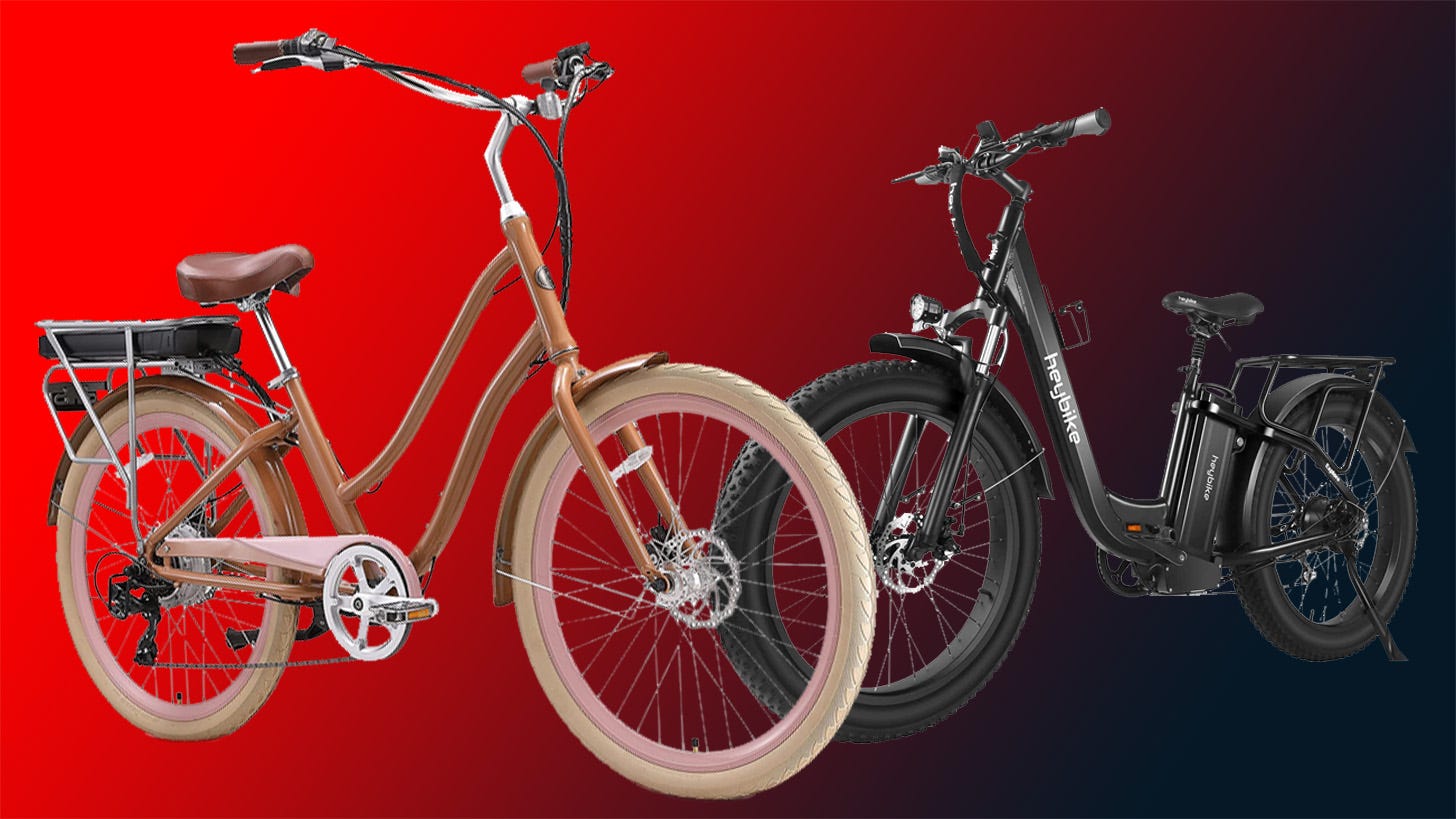Why you should buy an electric bike to fix your commute
E-bikes combine best aspects of cycling and driving
➡️ The Shortcut Skinny: get out of traffic
🚗 Traffic seems to only be getting worse
🚍 Public transit often stinks – literally and figuratively
⏩ E-bikes are faster than traditional bicycles
🌳 You can use trails and bike lanes to completely avoid traffic
🛣️ You’ll never have to worry about finding parking
🤑 Electric bikes are much cheaper to buy, own, and maintain than a car
🔧 Most maintenance and repair can be DIY
☔️ Hot weather won’t make you as sweaty as cycling, and cold or rainy weather can be dressed for
🛞 “Fat tire” e-bikes give more traction on snowy or wet roads
Cars are a convenient way to get around, yet as traffic gets worse, in some cities, the car is becoming more of a blight on our lives than something to celebrate. What’s more, although there is a slow shift to electric power, that segment of the auto industry remains niche and expensive. That’s to say nothing of the pollution caused by so many gas-chugging cars.
But the alternatives are few. If you’re sick of leaving an hour before work to sit in traffic over what would otherwise be a 15-to-20-minute trip, most cities offer public transit, but that can be limited to slow buses, thanks in part to often spotty service. You could use a rideshare app, but you’ll still be stuck in traffic, only with a driver whose habits you might not be comfortable with. You could take a bike, but not everyone has the time, ability or confidence to do so. Maybe it’s time to think about buying an electric bike.
Consider the electric bicycle
With a potential top speed of up to 28 miles per hour – or more if your e-bike has the right setting – e-bikes let you more comfortably occupy the middle of a lane, which is often the safest place to be, when alternatives don’t exist. That means you still get where you’re going almost as quickly as you can with a car.
And because you’re on a bike, you won’t find yourself dealing with the stop-and-go of the freeway. Where bike lanes exist, I can tell you from over a decade of personal experience it’s a joy to cruise past blocks of cars frozen in place by overloaded roads with poorly-timed traffic lights. In a bicycle-friendly city, you’ll even find fully-separated bike lanes and beautiful trails that wind through parklands or forested areas. Though it’s good to be sure your bike can use those facilities, as class 3 e-bikes – the fastest ones – usually can’t.
Parking becomes a non-issue with bikes, electric or not. Generally, you’ll only need a good U-lock and a well-secured post or bike rack, and you’re set. In a pinch, you can use a tree, a chain link fence, the handrail of a set of stairs, or whatever other sturdy solid object you can find that your lock or supplementary cable fits around.
Money is another factor. Yes, electric bicycles can be expensive (there’s even an $80,000 e-bike out there that whiffs of “we were so concerned about whether we could, we never considered whether we should”), but it’s easy to find a quality one for under $2,000, and Amazon is full of sub-$1,000 e-bikes, like the HeyBike Cityscape. Even the cheapest used cars tend to be priced higher, and after you buy them, they sap even more money when you need to pay for gas, insurance, maintenance and inevitable repairs.
With an e-bike, as with a regular bicycle, maintenance costs are low and rarely require the attention of an expert. Repairs can often be done with just a little research, and when they can’t, paying an experienced mechanic to do it for you rarely costs more than $200.
But what about the weather?
There’s an adage amongst people, particularly cyclists, living in extreme climates: there is no bad weather – only bad clothes. In the summer heat of Texas, where I commuted daily for over 12 years before moving away, I had to slather on sunscreen and wear light fabric, shorts, and so forth to keep myself from overheating, particularly when I was running late to work and riding fast.
With an electric bike, you’re still out in the heat, but you’re not also biking hard up hills, pouring sweat, red-faced from the effort and your heart pounding so hard you can feel it in your ears. Instead, you’re mostly dry and you can even consider wearing more formal clothing without concern for soaking it in stinky sweat.
Of course, there’s also winter to contend with, and I’ll grant you as a transplant to the upper midwest, that’s harder. But with an e-bike, you only need to consider being warm and not how much warmer you’ll get while you’re pumping the pedals, like you do with a standard bicycle. In both heat and cold, an e-bike gives you more freedom to choose clothes you want to wear, rather than those you have to.
In the rain and snow, e-bikes with so-called “fat tires” are ideal, because although their broad, knobby tread makes ordinary cycling more difficult, the added traction ends up being a boon with self-powered electric bikes, helping to keep you upright in challenging road conditions. I’ll be testing two fat tire e-bikes from Hovsco – the HovAlpha Step-Thru and the HovBeta foldable – for The Shortcut, so be on the lookout for my impressions soon.




